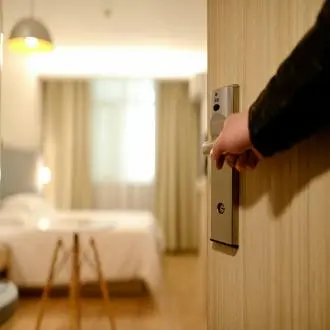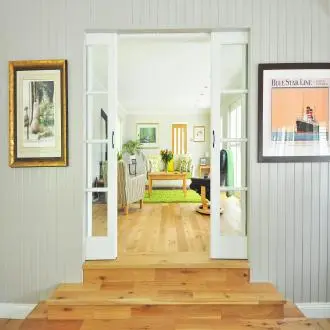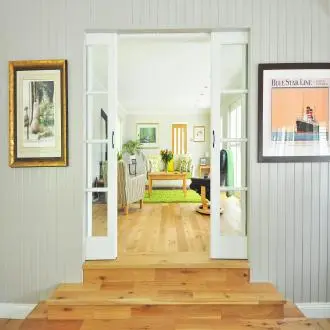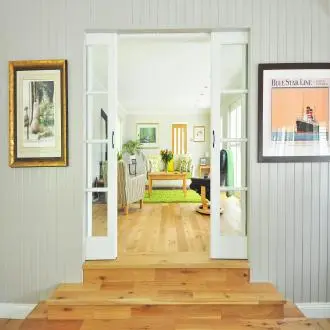Transcription furniture,coverings,carpetsandcurtains(Ii)
Techniques and Materials for Wall Covering
Walls play an important role in the decoration of an establishment, as there are a multitude of techniques and different materials that can be applied to them, each with a distinct finish and personality:
- Painting: This is the most basic and economical way to cover walls, as long as they are firm and dry. It offers endless color combinations and, depending on the design, can achieve effects such as enlarging or reducing a room, or providing warmth and intimacy.
- Patinas: This technique seeks to achieve a finish that appears old and worn, enhancing the modeling and highlighting the reliefs. It is applied in the last layers of paint to achieve an effect of light and shadows that produces an artificially aged appearance.
- Sponging: This consists of gently hitting the wall with a sponge to achieve a stained surface with the superposition of several colors. The final texture will depend on the type of sponge used (vegetable, sea sponge, or synthetic).
- Mopping: This technique is very similar to sponging, but instead of a sponge, a canvas or rag is used to apply the paint.
- Stenciling: This technique consists of printing an image on the wall, one or more times, using a stencil and painting through it with a brush, sponge, or roller.
- Spatula: This consists of spreading the material over the wall using a spatula to create characteristic effects and textures.
- Wallpapering: This is a very decorative alternative to painting that consists of applying a layer of special vinyl glue to the wall to adhere the paper. There are a multitude of designs, but it has the disadvantage that the wall must be completely smooth for the paper to adhere well.
- Venetian tiles: Another idea for decorating walls is to cover them with small decorative mosaics. They are usually used in bathrooms and kitchens, as they resist temperature changes well.
- Microcement: This technique for covering walls uses pigmented microcement and is very practical because it is not necessary to remove the previous coating for its application.
- Cladding Panels: Another of the most used types of coverings for ceilings and walls are the panels.
The most commonly used types of boards are:
- Plywood.
- Particle board.
- Hard and semi-hard fiberboard.
- Soft fiberboard.
- Oriented strand board.
- Solid wood board.
Rugs and Curtains: Functionality and Decoration
Rugs are used to provide warmth and comfort, being recommended in noble areas and bedrooms.
They are an essential piece of decoration, and their Size, design, and material should be chosen based on the room.
For example, a large rug in a living room helps to define and make the sofa area more inviting, while long, striped rugs in hallways create a feeling of greater spaciousness.
Curtains, meanwhile, serve a crucial dual function in hotels: controlling the amount of light entering the room and acting as a pow
furniture coverings carpets and curtains ii




